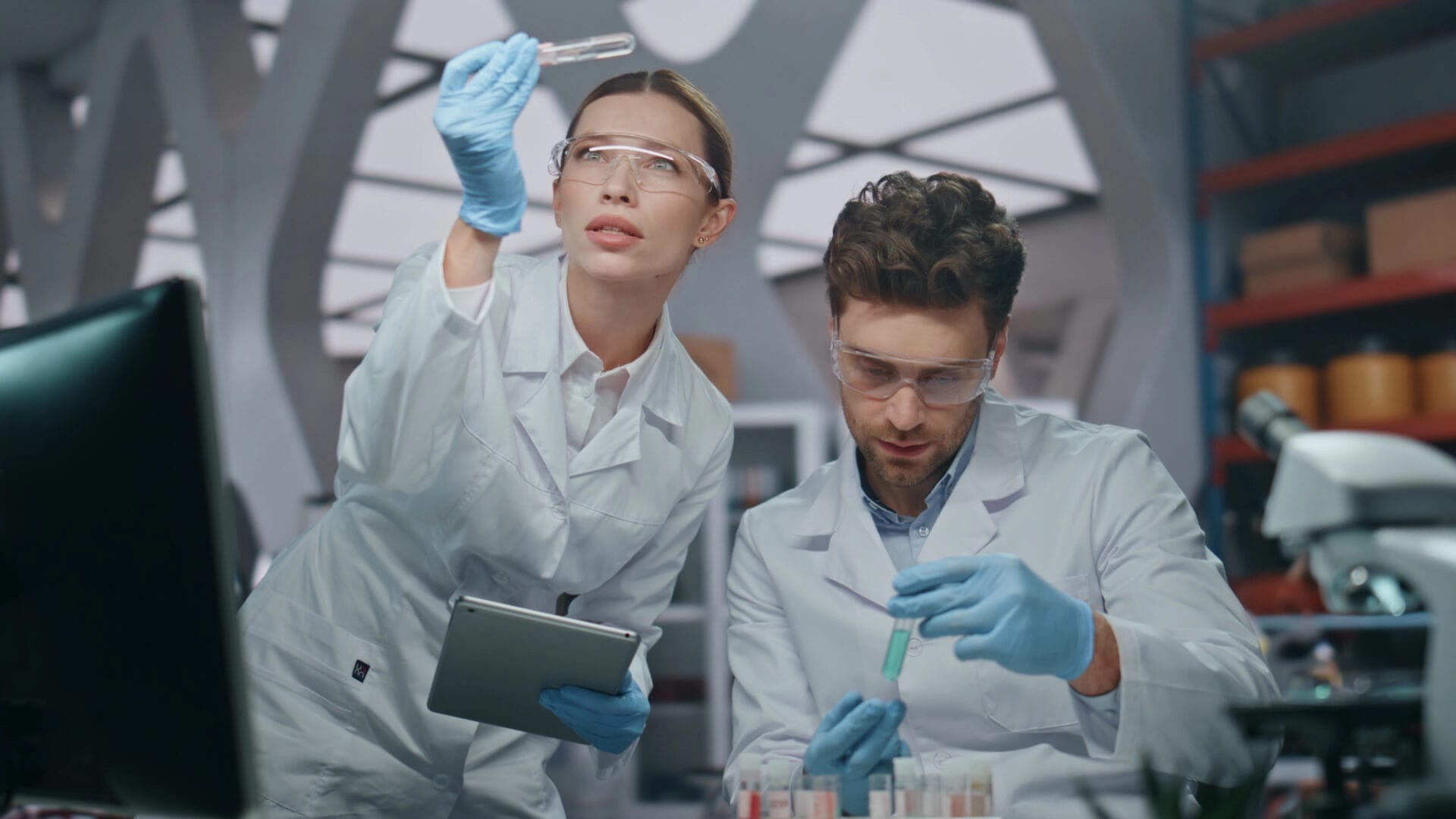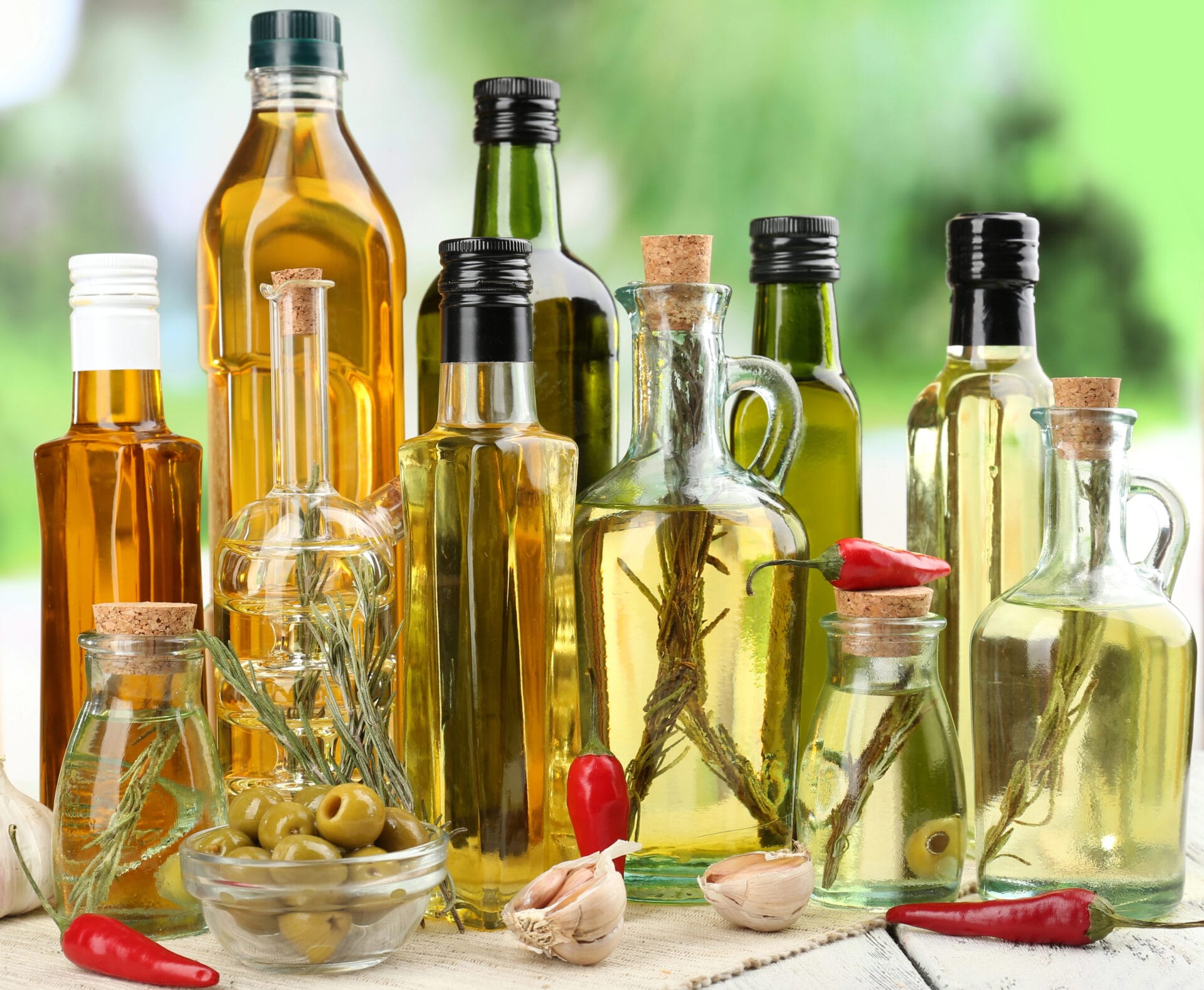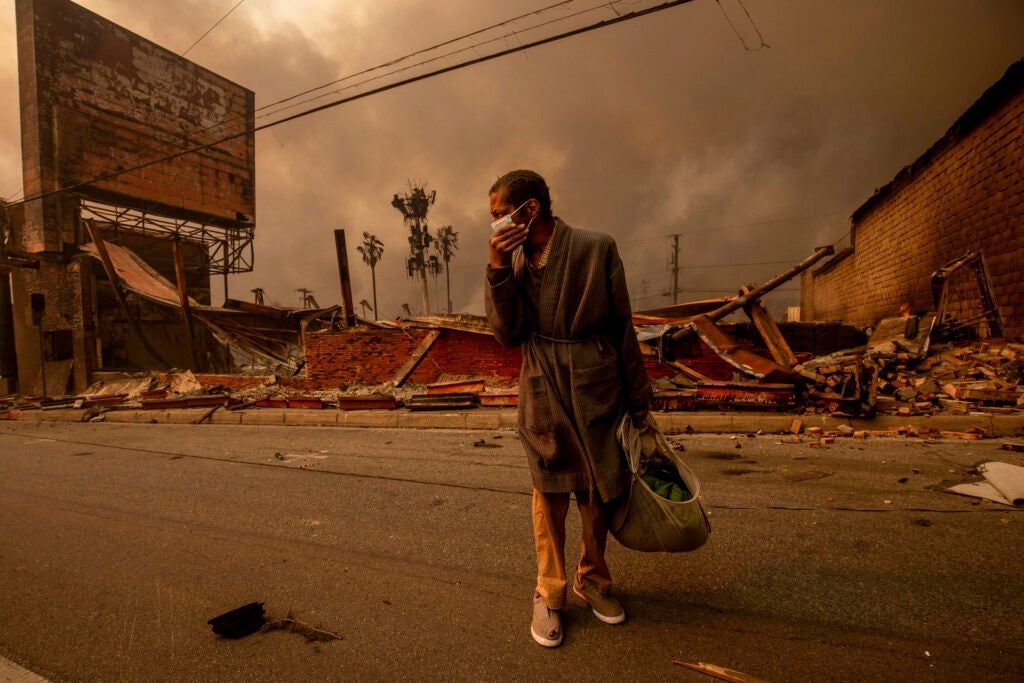Children’s Environmental Health Scientists Suggest Chemical Standards
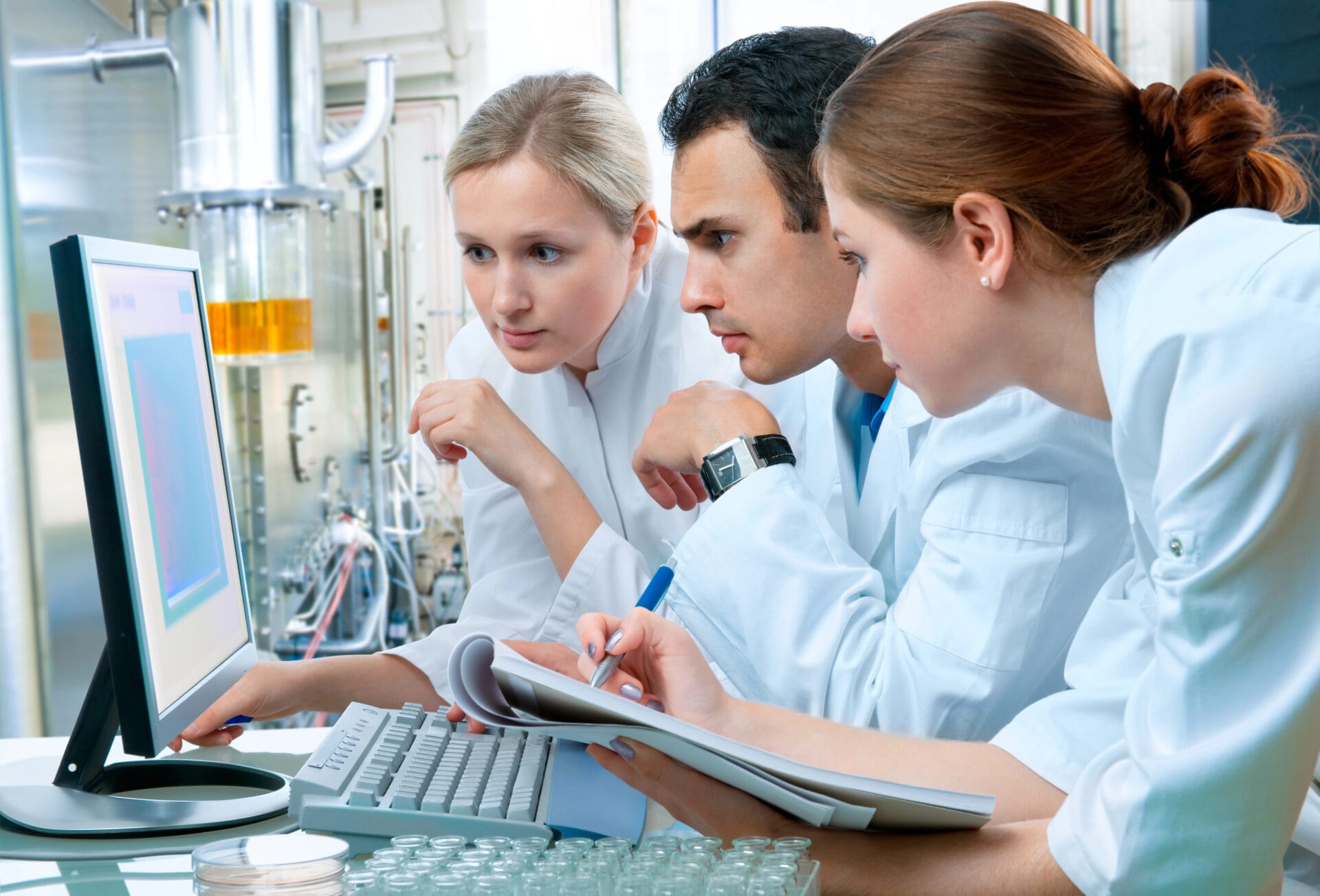
Twenty-five children’s environmental health scientists published in the New England Journal of Medicine to announce the creation of the Consortium for Children’s Environmental Health called the Institute for Preventative Health, which will make regulatory recommendations for protecting children and pregnant women from toxic chemicals. According to these twenty-five prominent professionals (some of whom are scientific advisors to Mamavation), chemicals should be tested and regulated similarly to prescription drugs before unleashing them on the public. If this does not happen, according to them, rates of chronic illness among children will continue to rise. This Consortium has been organized to help Federal and State agencies create appropriate safeguards to regulate chemicals to protect the public. You’ve trusted Mamavation to bring you topics like safest cooking oils tested for toxic phthalates, safest Earl Grey teas tested for PFAS “forever chemicals,” and safest protein powders tested for pesticides, heavy metals, phthalates, & PFAS, now join us for the details of this study and suggestions you can take to your elected representatives to save our children from chronic illnesses.
Disclosure: This post was medically reviewed by Sondra Strand, RN, BSN, PHN. This post also contains affiliate links.
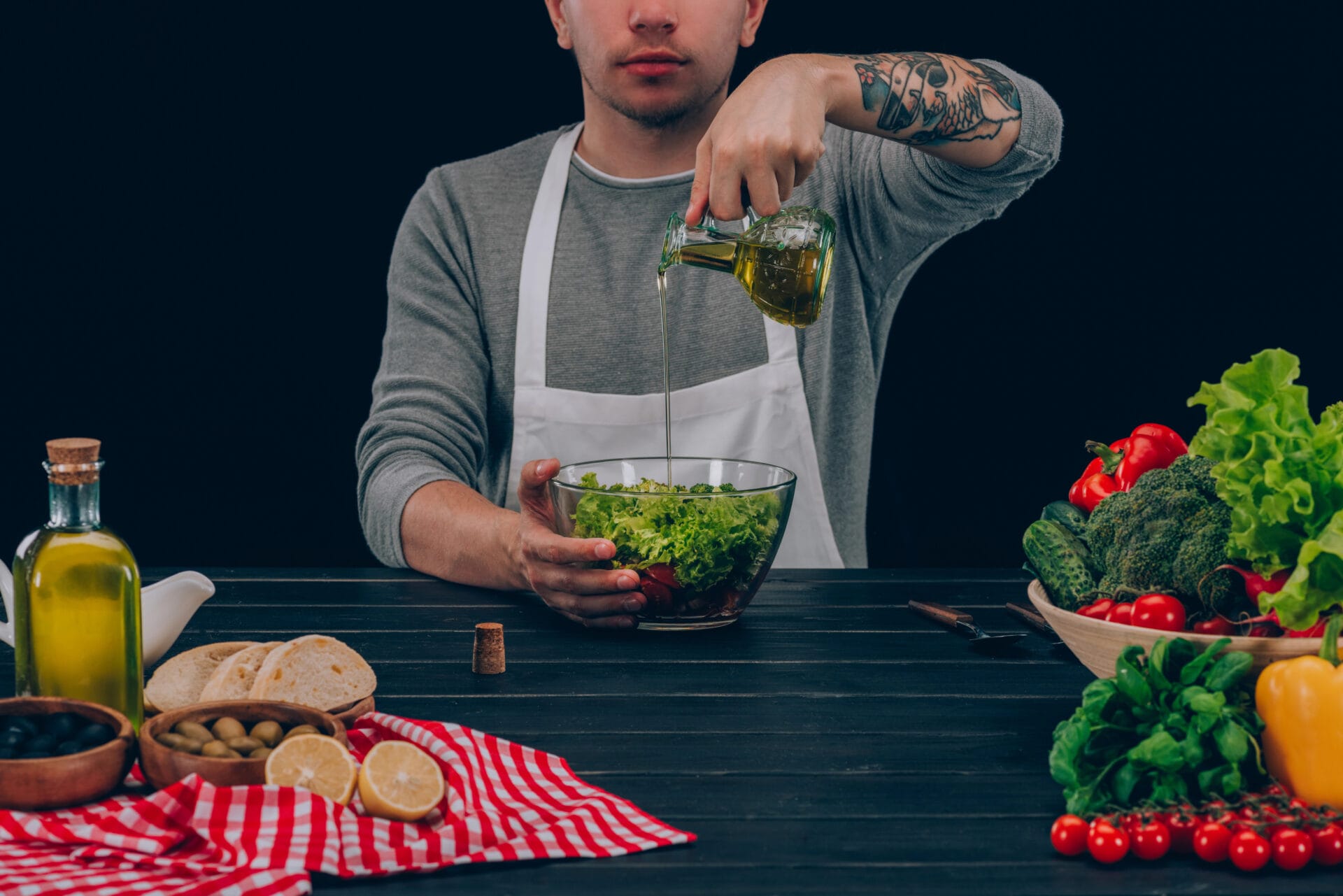

Children Are In Danger From Hormone-Disrupting Chemicals in Commerce Because of Loopholes, Says Health Professionals
Boston College says, “Global chemical inventories contain an estimated 350,000 products–such as manufactured chemicals, chemical mixtures, and plastics.” However, despite the risks to human health and the environment, these synthetic chemicals and plastics are not subject to sufficient legal or policy constraints before coming to market to expose the public.
Publichealthwatch.org states “the law that regulates chemicals in the U.S. — the Toxic Substances Control Act of 1976, or TSCA — is ‘broken legislation,’ the authors argue because it puts the onus on the government to prove that a chemical is dangerous rather than on the manufacturer to prove that it’s safe. A comparable law in Europe is ‘ostensibly more rigorous’ by requiring some pre-market screening of new chemicals” they write.
Chemicals are essentially treated as innocent until proven guilty. This idea of personalizing chemicals creates a regulatory atmosphere in which they can expose the public before they are proven safe. In other words, they can infect the public and get away before we have time to understand how problematic they are. This would not happen if they were forced to prove safety before release.
Linda Birnbaum, an author from Duke University Nicholas School of the Environment (and an advisor to Mamavation), said, “The regulatory loopholes for hormone-disrupting chemicals are so large, you can drive a truck through them.”
These professionals argue that the regulatory loopholes currently in process prioritize profits over human health and the reproductive ability of the citizens in our country. In order to protect the public, these processes that have been set up need to be addressed through the regulatory process and amended to treat synthetic chemicals like chemicals and not like people. Right now, they are considered “not guilty” before they are given a safety trial. Instead, they should treated as guilty and forced to prove they are safe. Chemicals should not be treated like people.


Key Statistics on Childhood Disease in the NEJM Paper
The protection synthetic chemicals have received over the years has created a situation where Americans are unhealthy. Over the past 50 years, health statistics have underscored the importance of the need for more regulatory oversight of toxic chemicals. The NEJM Paper lists so many health impacts it’s shocking that it has not been addressed.
- Childhood cancer: Up 35% in the US and roughly 0.5-1% per year in the European Union.
- Male reproductive birth defects: Have doubled across western countries (EU, U.S., & Japan)
- Neurodevelopmental disorders now affect 1 child in 6 in the United States.
- Autism Spectrum Disorder: 1 in 36 children now affected in the U.S. (roughly 3% of children), with 1 in 150 in the year 2000 (0.75%). Autism levels have also increased in the EU: 0.2% in 1990 to 1,4% of children in the EU.
- Pediatric asthma: Have tripled in the U.S. (now roughly 6% of children). In the EU the levels of asthma have risen to 9.4% of children from 3.6% in the 1970s.
- Pediatric obesity: Have quadrupled, driving type 2 diabetes in youth.
- Reduced fertility and altered sexual development (59.3% of reduction in sperm count).
- IQ reductions are a major cause of over $340 Billion a year in economic damage just in the U.S. and $209 Billion a year in the EU from endocrine-disrupting chemicals.
Key Statistics on Chemical Production and Lack of Testing
Chemical testing, or a sufficient lack thereof, is quite problematic in the United States. Regulatory loopholes have been set up to allow these problems to fester. It’s time to act is upon us now.
- 350,000+ synthetic chemicals and plastics are listed globally.
- Production has grown 50-fold since 1950 and is projected to triple by 2050.
- Less than 20% of chemicals have been tested for toxicity (or hormone disruption), especially for infants and children.
Key Solutions Outlined as Roadmap for Protecting Children’s Health in the NEJM Paper
This paper provided key solutions that can be adopted by Federal and State agencies. We recommend you contact your local congressional and state representatives to recommend they adopt these policies immediately to protect your family. This is the roadmap they can follow to keep all generations safe.
- Stronger Laws Needed
- Require rigorous pre-market safety testing for all synthetic chemicals
- Implement rigorous post-market health monitoring for long-term risks.
- Independent Safety Proof
- Shift from presuming that synthetic chemicals are harmless to requiring proof of their long-term safety for children and infants.
- Implement independent safety testing and biomonitoring structures.
- Chemical Footprinting
- Track and reduce reliance on harmful chemicals in supply chains, similar to carbon footprinting.
- Safer Alternatives
- Invest in and promote safer molecules, formulations, and eco-friendly manufacturing.
- Global Policy Reform
- Enact a Global Treaty and National Legal Frameworks for protecting children’s health from the harm being caused by toxic chemicals.
Mamavation Is Working Hard to Keep Hormone-Disrupting Chemicals Out of Your Home
In the meantime, Mamavation has been working hard to help you protect your family. We’ve been testing and releasing laboratory studies on food and consumer products you bring into your home daily. Here’s what we have done thus far to help serve you right now.
Beauty & Personal Care Products
Food & Beverages Testing
Supplements Testing
Menstrual Products Testing
Clothing Testing
Food Packaging & Parchment Paper Testing
Baby & Children Testing
Computers, Phones, & Office Testing
Cleaning & Laundry Testing
Kitchen Appliances & Cookware
link

